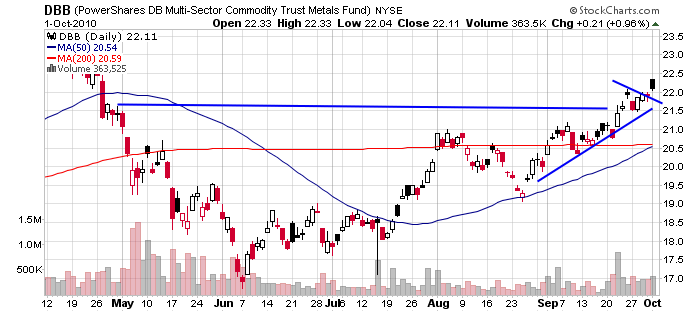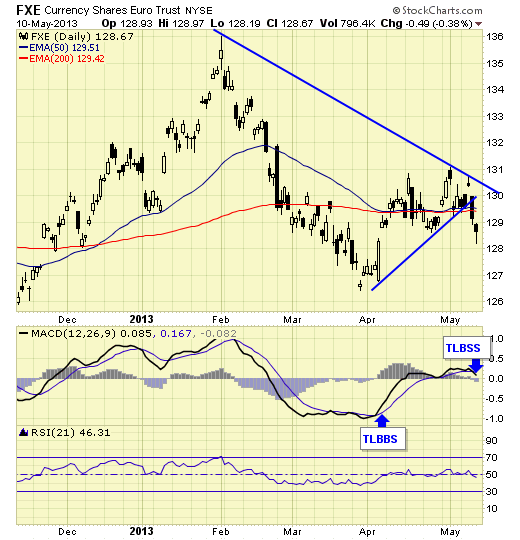An Exchange Traded Fund Investing Scheme Using Only Five Funds DBC VNQ SPY EFA BND BIL
Post on: 11 Май, 2015 No Comment

Exchange traded fund investors have more than 1,000 ETFs to choose from. But a successful ETF investing strategy can be as simple as rotating between just five of them, according to Mark Eicker.
The chief investment officer and portfolio manager at Sterling Global Strategies, a boutique asset-manager with $100 million under management in Carlsbad, Calif. explains how he does this to manage his client’s money.
The firm requires a $1 million minimum investment and charges a 1% annual fee. Through the end of second quarter, the firm claims audited average annual returns of 20.55% for the past three years vs. 16.39% for the S&P 500.
IBD: What is your strategy?
Eicker: In 2009, we developed our own mathematical formula, or an algorithm, which allows us to easily determine which asset classes are showing the most long-term return potential. The Sterling Tactical Rotation Strategy rotates between commodities, real-estate investment trusts or REITs, bonds, international and domestic equities.
Every month, we analyze each of these asset classes, select the two that show the most performance potential, and purchase ETFs that give our investors broad exposure to each of those asset classes. The ETFs that we use are: PowerShares DB Commodity Index (ARCA:DBC ), Vanguard REIT ETF (ARCA:VNQ ), SPDR S&P 500 (ARCA:SPY ), iShares MSCI EAFE Index Fund (ARCA:EFA ), Vanguard Total Bond Market ETF (ARCA:BND ) and SPDR Lehman 1-3 Month T-Bill ETF (ARCA:BIL ). All are low-cost, highly liquid ETFs.
As of this month, it’s invested in DBC and EFA.

If the strategy sounds relatively simple it’s because it is. We don’t believe that it takes complicated or creative portfolio allocations to provide positive returns and reduce risk for our investors. We simply buy into those areas of the market that are showing the most promise and let go when they begin to show signs of decline.
The most important part of this strategy is its ability to move to 100% cash during broad market collapses. Other strategies may attempt to reallocate to investments that, historically, have had low or negative correlations to the equity markets. But if the past decade has proved anything, it’s that when the markets are going down, the only thing that seems to go up is correlation.
IBD: How do you find the two ETFs that show the most performance potential?
Eicker: On the last trading day of every month we determine the two top performing asset classes, out of our standard five. Then, if either of those asset classes are showing signs of weakness and performing negatively for the intermediate term (between 30 to 90 days), we allocate that portion of the portfolio to cash, rather than in the negatively performing asset class.














